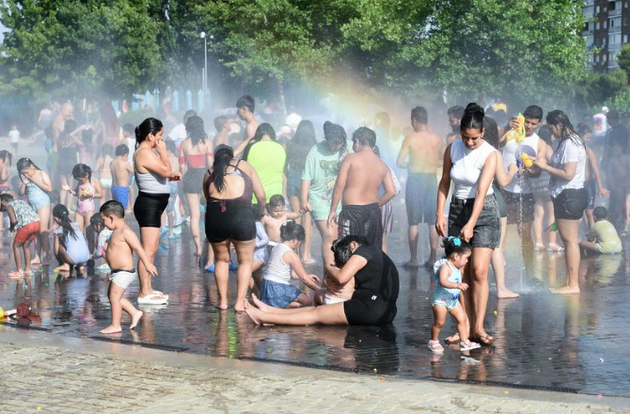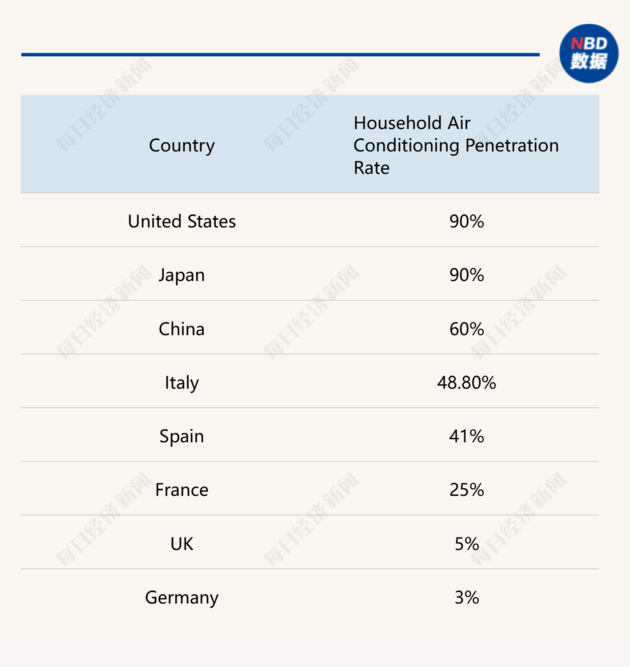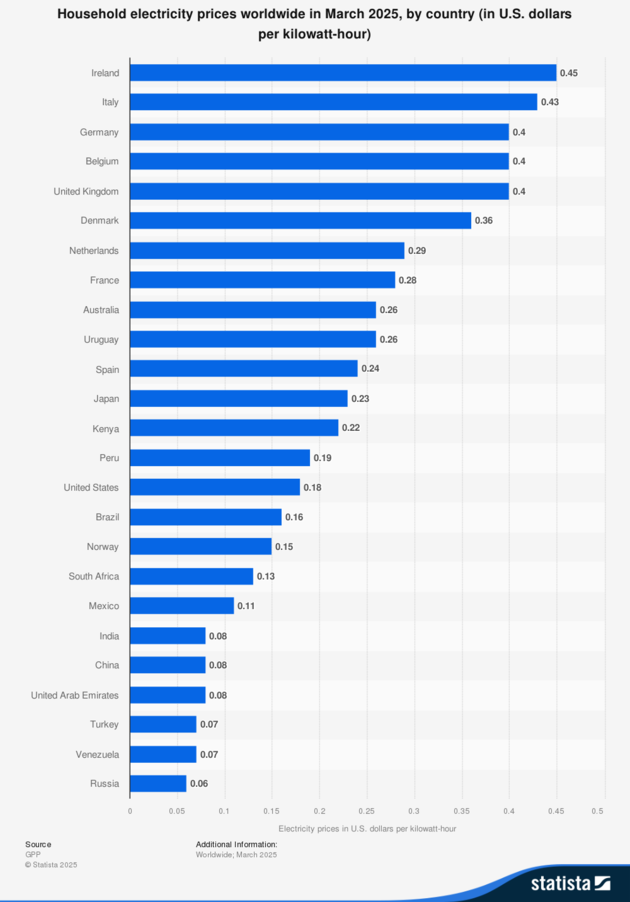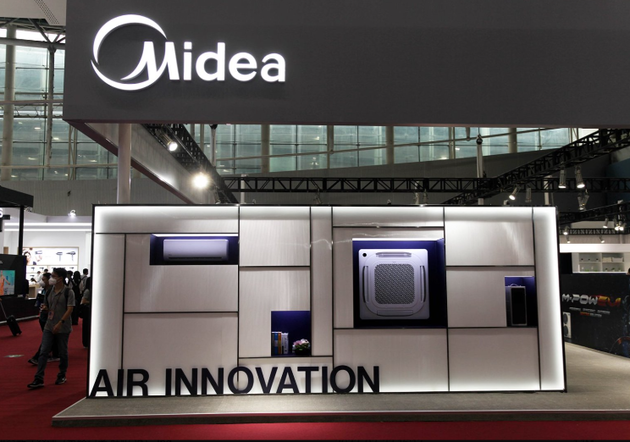A blistering heatwave has gripped Europe this summer, with temperatures soaring past 40°C in many countries since June. Trains have halted, schools closed, and public transportation systems buckled under the strain. Reports of heat-related deaths are emerging from Spain, Italy, and beyond.
According to the European Centre for Medium-Range Weather Forecasts, June 2025 is likely to be one of the hottest on record.
Spain's meteorological agency reported that Barcelona experienced its highest June average temperature (26°C) since 1914. In southern Spain, temperatures reached 46°C, setting a new monthly high. France raised 84 departments to orange heat alert, with over 1,300 schools closed. Paris warned tourists to avoid the Eiffel Tower due to extreme temperatures. In Germany, the town of Andernach hit 39.3°C on July 2, the country's highest reading so far this year.
Ms. Zhang, a Munich resident, shared her personal experience with National Business Daily (NBD). "It feels over 40°C outside, and dogs on the street are gasping."

Photo/Xinhua
Europe's Air Conditioning Gap Comes Under Fire
Despite the deadly heat, air conditioning remains rare across Europe. In Germany, around 3% of households are equipped with air conditioning. In the UK, the figure is just 5%. Even in traditionally warmer southern Europe, countries like Spain and France have penetration rates of only 41% and 25%, respectively.

This is in stark contrast to countries like the U.S., Japan, or China, where 60–90% of homes have AC. Historically, Europe’s mild summers, thick-walled buildings, and energy costs discouraged AC adoption. In some regions, local authorities have even restricted AC installations in historic buildings or urban areas.
"There's no space for an outdoor unit, and our city hall doesn't allow it anyway," Ms. Zhang explained to NBD. "While government offices run AC, I sit in my office sweating like a sauna."
Cultural attitudes have also played a role. In many European societies, air conditioning has long been viewed as a luxury or even unhealthy.
High electricity prices, further driven up since the Russia-Ukraine conflict, also make cooling unaffordable for many.

Chinese Brands Seize the Moment
However, as record-breaking temperatures become more frequent and prolonged, this long-held aversion to air conditioning is beginning to shift.
Chinese manufacturers are moving in to fill the gap.
When reached by NBD, industry analyst Long Fei revealed that Europe was the fastest-growing market for Chinese home air conditioners between January and May 2025. Shipments reached 12.77 million units, a 31.5% year-on-year increase.
"Especially in Southern and Southeastern Europe—Italy, Spain, Greece—temperatures rose unusually early this year. Chinese companies responded quickly and saw strong export momentum," he said.
Ms. Zhang also said, "I finally ordered two portable Midea units after more than ten years without AC."
Midea's PortaSplit model, designed specifically for the German market, has become a bestseller. More than 100,000 units have been sold, and it is now out of stock in Germany and France.

Midea's European Director Zhou Zhou said to NBD, the product's easy installation and energy efficiency have made it especially attractive. "We plan to roll out PortaSplit in more European countries—including Spain, the UK, and the Netherlands—to meet growing demand," he told NBD.
Haier Smart Home also confirmed to NBD that its AC sales in Europe have grown around 30% year to date, with standout performances in Italy's professional channels and Spain's retail market.


 川公网安备 51019002001991号
川公网安备 51019002001991号





